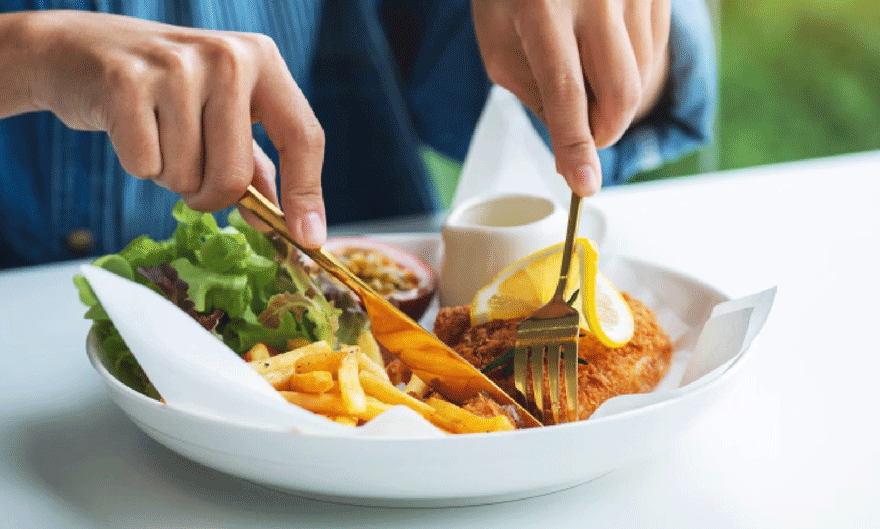How to Support Safe Eating for Loved Ones with Dysphagia

Dysphagia is a swallowing problem that sometimes leads to choking, getting food or liquid into the lungs, and pneumonia could all happen. In many cases, dysphagia results from stroke, Parkinson’s disease, dementia, or the process of aging. Some people may experience difficulties with swallowing solids, liquids, or even both. Your support matters deeply when a loved one is living with dysphagia. With a few thoughtful adjustments, you can make their meals not only safer but also more comfortable and dignified.
Thicken Liquids Correctly
Thin liquids like water, juice, and coffee move quickly through the mouth and throat, making them more likely to enter the airway, causing aspiration before the person swallows correctly. The ultimate solution is using thickening agents to slow the flow of food, making swallowing safer and easier. Mix well, and check the consistency by using the IDDSI flow test. Do not thicken beverages with flour or cornstarch. These home remedies are not the same and are usually not safe. Use a big straw or spoon when feeding them and allow them to drink slowly.
Alter Food Textures
Feeding people with dysphagia is not a one-size-fits-all project. Some require pureed foods, while others can tolerate soft solids. Use the International Dysphagia Diet Standardization Initiative (IDDSI) framework to establish safe food textures. In general, prevent mixed consistencies such as chunky soup, dry brittle food that can break apart easily, and sticky foods that may adhere to the throat. Instead, choose smooth purees, wet fork-tender food, and thickened liquids as instructed.
You can use blenders, food processors, and sieves to achieve the appropriate consistency. Also, present food at the proper temperatures, cold foods lower the swallowing reflexes.
Prioritize Upright Positioning
Always have them sit fully upright, ideally at a 90-degree angle, during and at least 30 minutes after meals. Slouching increases the risk of aspiration. If bed-bound, use pillows to elevate the upper body. Don’t rush this step; proper positioning is non-negotiable.
Encourage Slow, Controlled Eating
Chewing thoroughly and swallowing entirely before the next bite is key. This isn’t about making meals last longer; it’s about safety. Offer small spoonfuls and wait until each is entirely swallowed before the next. Keep distractions low: no TV, no multitasking.If your loved one has cognitive impairments, gently remind them to chew and swallow. Be patient. Frustration only complicates things.
Observe for Red Flags
Coughing, throat clearing, gurgly voice, or watery eyes during meals? These are signs of aspiration. If these signs become frequent, they may become susceptible to pneumonia. In this case, stopping the meal and contacting a healthcare provider would be wise. Don’t push through. Re-evaluation may be needed to get things right.
Create a Calm, Respectful Environment
Even with dietary changes, eating should remain enjoyable. Use their favorite utensils, play soft background music if it helps, and make the food appealing. Just because it’s pureed doesn’t mean it has to look sad. Mold purees into shapes or use divided plates to keep items separate.
Caring for a loved one with dysphagia includes doing more than what is expected. It involves being involved all the time. Keep up with what helps you, ensure you are at all your appointments, and talk with your doctor regularly. When you stay informed and dedicated, you’re helping them maintain their dignity and making their meals healthier with every bite.


